Harlem Shake New York
Old school/new idea
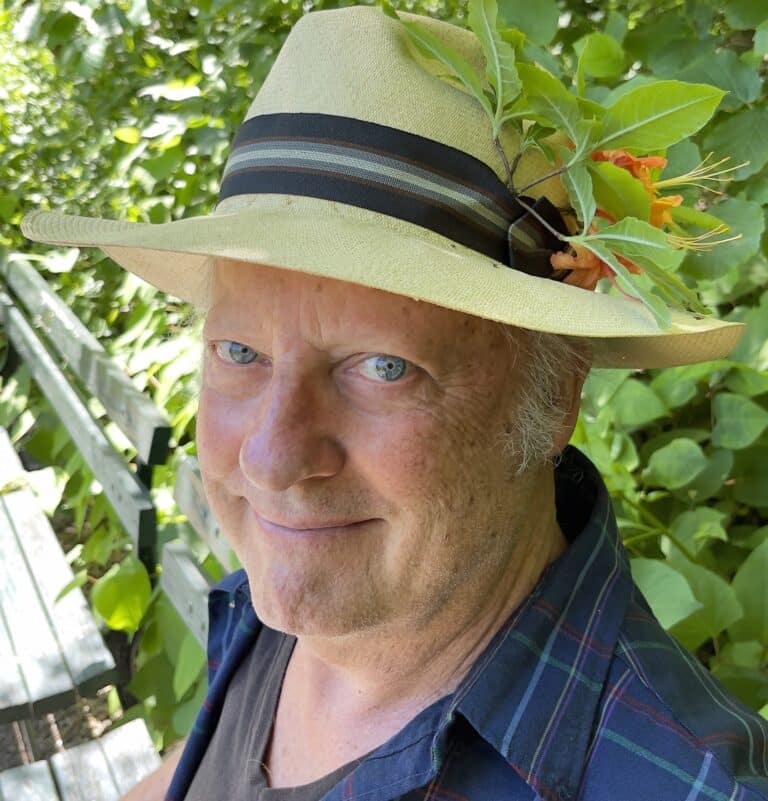
Geoffrey from New York
Harlem Shake is from the Shake Shack mold --- nondescript small burgers, counter service, inexpensive.
Differently, Harlem Shake wants to prove a point. The backstory:
In 1910, 9% of the population of Central Harlem was African American. By 1920, 32%, by 1930, 70%. However, a 1929 survey found that whites owned 80% of more than 10,000 businesses. As African Americans moved into Harlem, real-estate values plummeted, and so did capitol investment in the community.
Elsewhere, white families thought the influx of blacks into their communities an economic scourge, believing black neighbors would make re-selling to whites impossible.
So, emigrating blacks were forced to move into the working-class low income Harlem neighborhood, settling into an economically depressed community with few financial resources. It was the only neighborhood that would accept them.
White bankers discriminated further by denying mortgages to entire neighborhoods containing certain races, religions, and ethnic groups – eventually extending to all financial and economic services. Called redlining, banks used maps marked with red zones to color code areas where loans and financial services would be available and where they would not.
Though white-owned, nearly 65% of Harlem Shake’s workers reside in Harlem. Owner Jelena Pasic's restaurant sits amid gentrifiers like Whole Foods, Burlington Coat Factory, Marshall's and American Eagle, while supporting many Harlem institutions like Black Ink, Cultured Movement, Harlem Business Alliance, Harlem Children’s Zone, Harlem Eat Up, Harlem Haberdashery, Harlem Run, Mama Foundation for the Arts, Marcus Garvey Park Alliance, The Laundromat Project, Power of You Teens, Trinity Harlem Church.
Mediocre food from a deserving white-owned Harlem business.
New York Spotter Geoffrey
About this spot
Our New York City Guide
Find your way with 308 Insider Tips from our Local Spotters
Loved it? Join us!
Loved this Spot?Join your international community. Share your favs and become part of our international community!
Nice place right!? There’s so much more to discover:
Discover all other hidden gems in New York


Music Mondays
UWS Free Chamber Music
The Artistic Director Aaron Wunsch says “We believe this music is for absolutely anyone and everyone—it uplifts us and brings us together, as a community”.
by
Geoffrey
Dunbar
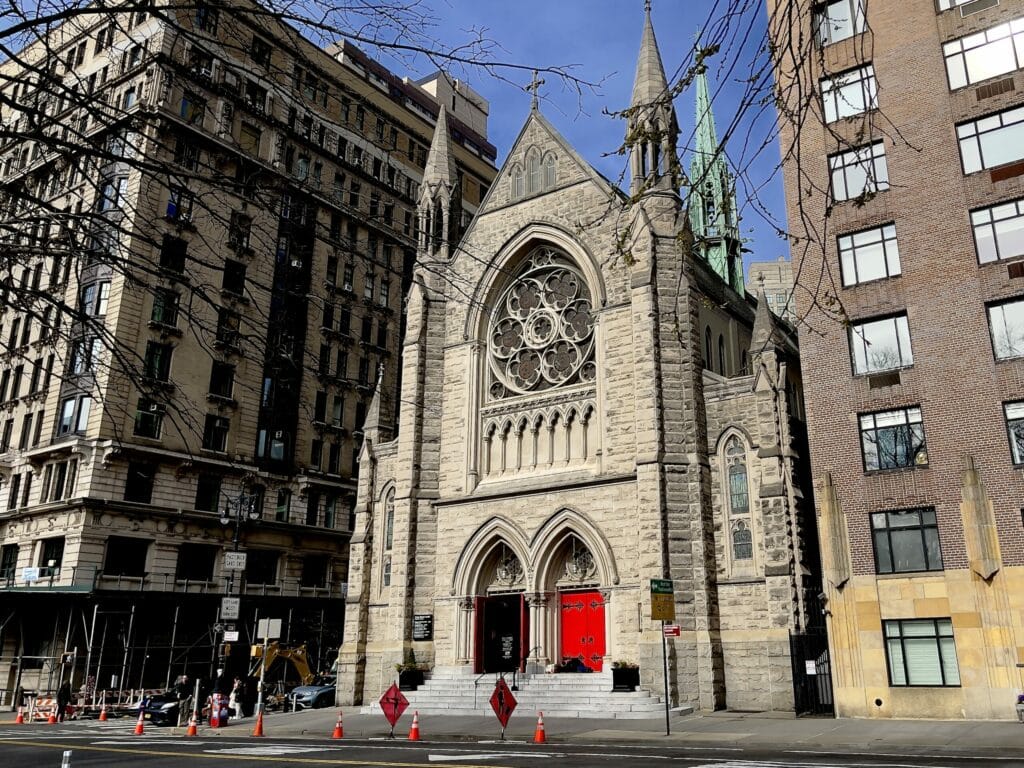

Bach Vespers
Candlelit Bach
A concert was held within the aura of candle light—each congregant holding one—which, combined with the many candelabra, created a calming atmosphere.
by
Geoffrey
Dunbar
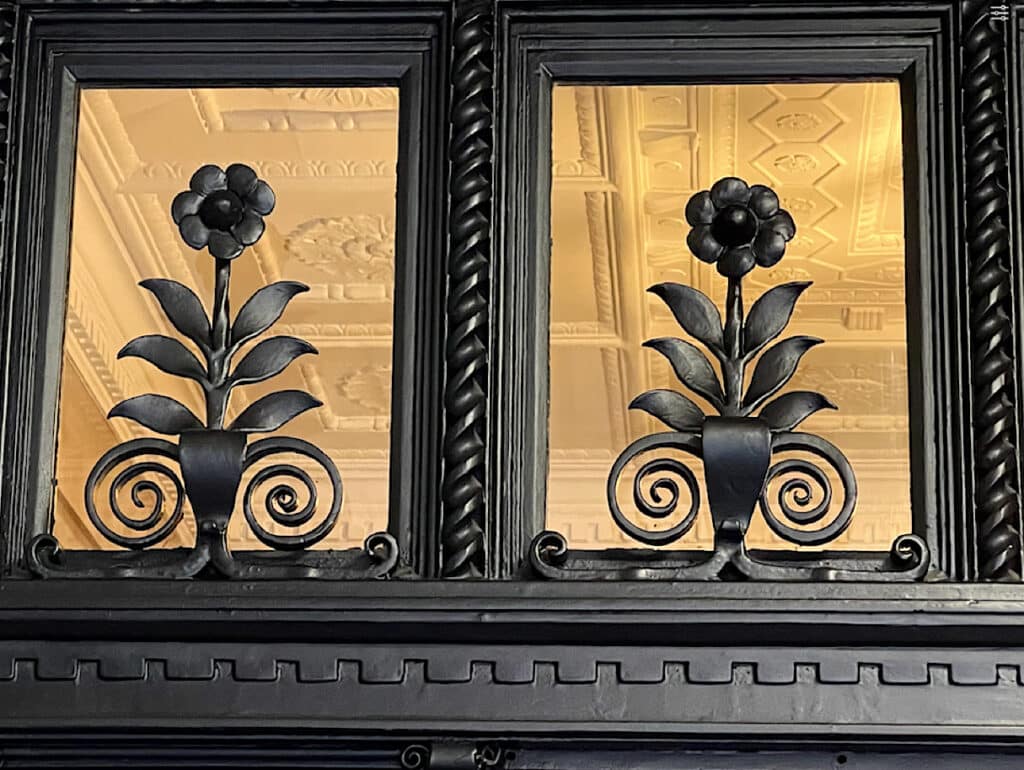

Apple Bank
Samuel Yellin Ironwork
His malleable, buttery creations are a sight to behold! They can be seen closeup outside on the buildings massive iron doors, and inside where floral motifs adorn the central teller’s 'pen' and customer desks that line the walls.
by
Geoffrey
Dunbar
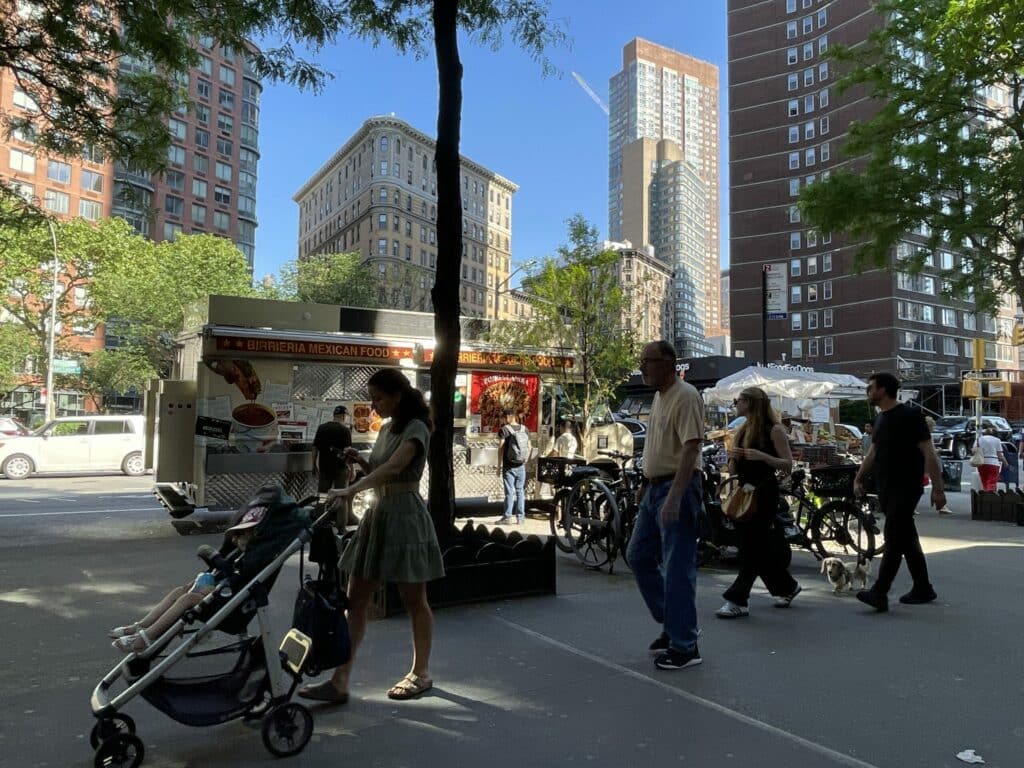

Birria-Landia Tacos
NYTimes 2 Star Food Truck
Choose: tacos, quesadillas, tostados or a hot, chunky beef based soup called consommé composed of birria, chopped onion, cilantro and squeezed lime.
by
Geoffrey
Dunbar
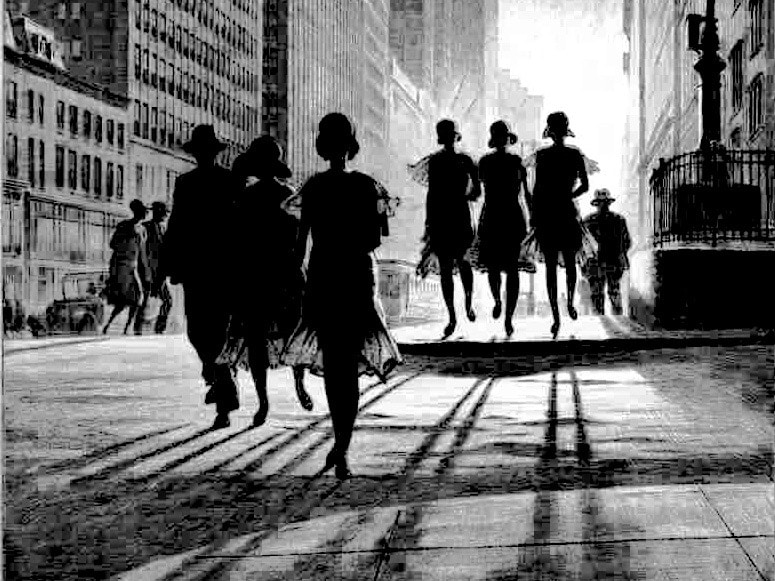

The Old Print Shop
Flatiron District Gallery
"The Old Print Shop" in New York is my hands-down, hands-on museum/gallery of choice. I love mid-twentieth century 'industrial' or 'city' art...
by
Geoffrey
Dunbar
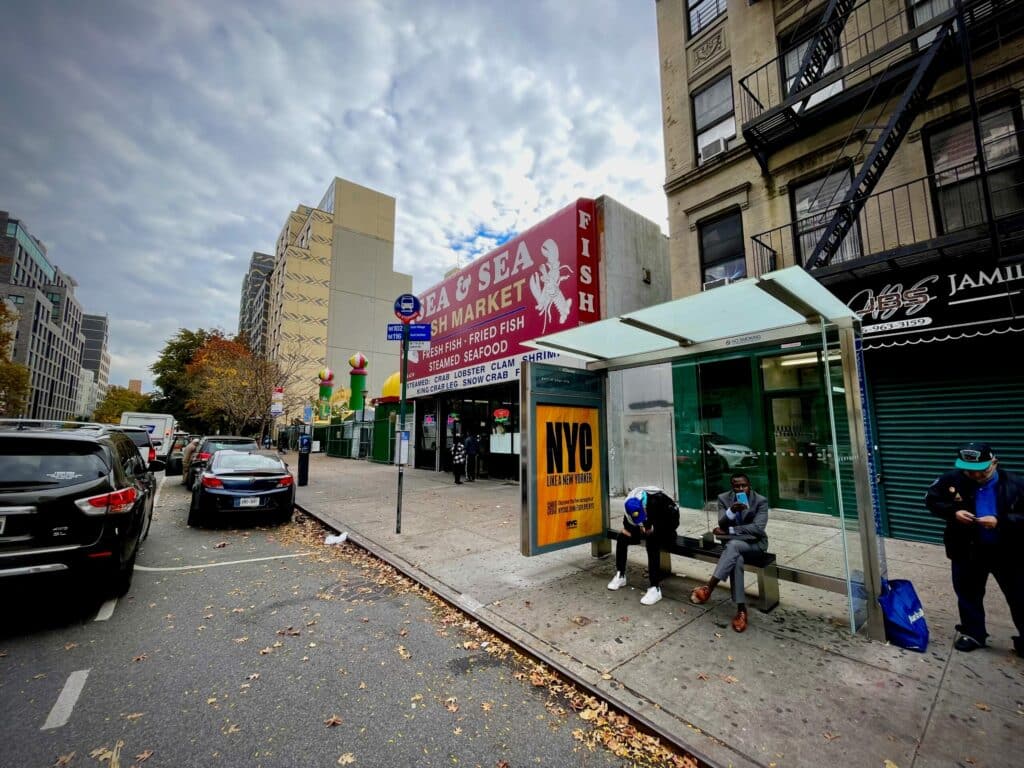

Sea & Sea
Fried fish takeout
"Sea & Sea " in NYC is a traditional-looking fish shop with wet, tiled floors, cool air, grated ice on every hand, busy with customers from near and far...
by
Geoffrey
Dunbar


Modern Bread and Bagel
Extreme gluten-free bagels
"Modern Bread and Bagel" in NYC has surfaced as exemplary, using criteria such as size and texture, seed and salt density. Here are some more top picks...
by
Geoffrey
Dunbar
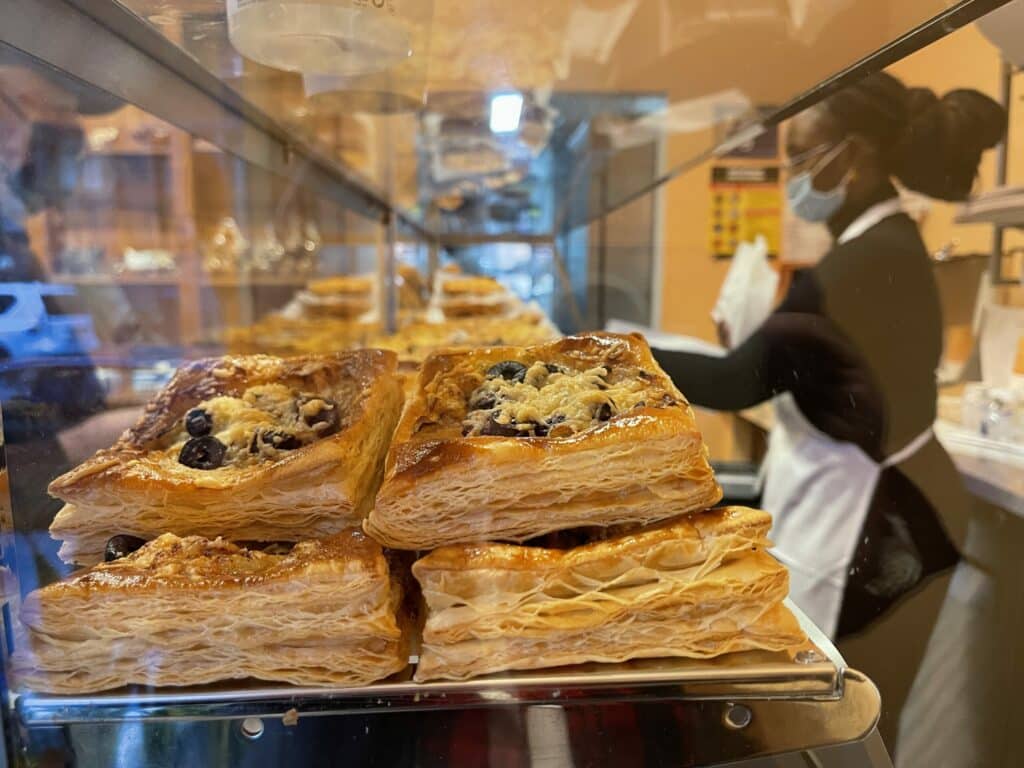

Pain d’ Epices
French / American patisserie
"Pain d' Epices" is a French bakery in NYC that makes croissants so flaky & buttery, the only way to avoid the crumbs is to 'put your back to the wind...'
by
Geoffrey
Dunbar
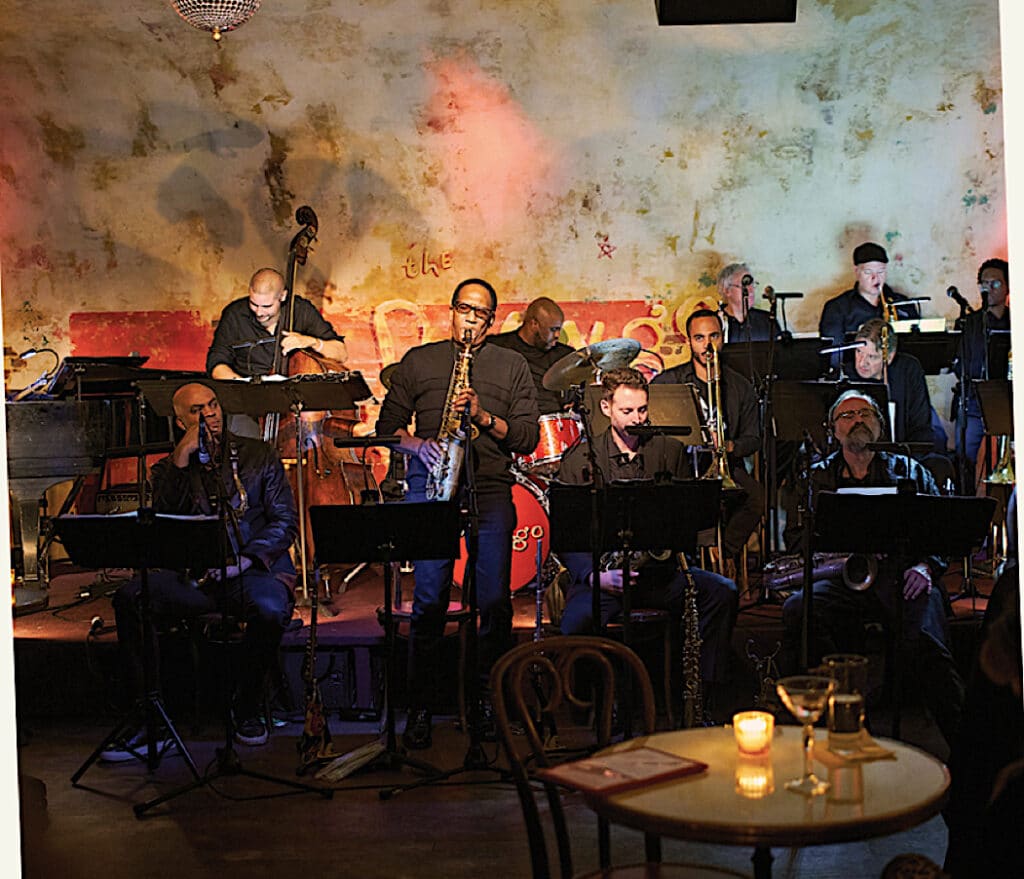

Django
Tribeca jazz boîte
"Django" in NYC is proof that the city's jazz club world is recovering. I celler/cavern is intimate enough that after performances I walk over to engage...
by
Geoffrey
Dunbar
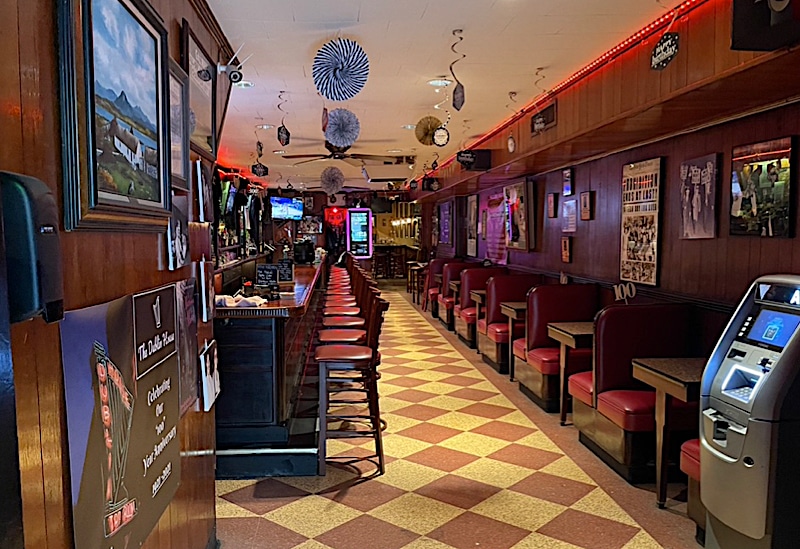

The Dublin House
Irish Bar Centenarian
"The Dublin House" in NYC has been around since Prohibition and it still is neighborhood-sized. By the end of the night, everyone speaks Irish here...
by
Geoffrey
Dunbar


Pastrami Queen
Traditional kosher Jewish deli
"Pastrami Queen" in NYC has if not the best, among the very best pastrami sandwiches in the city. It's the kind of American excess you just can't miss...
by
Geoffrey
Dunbar
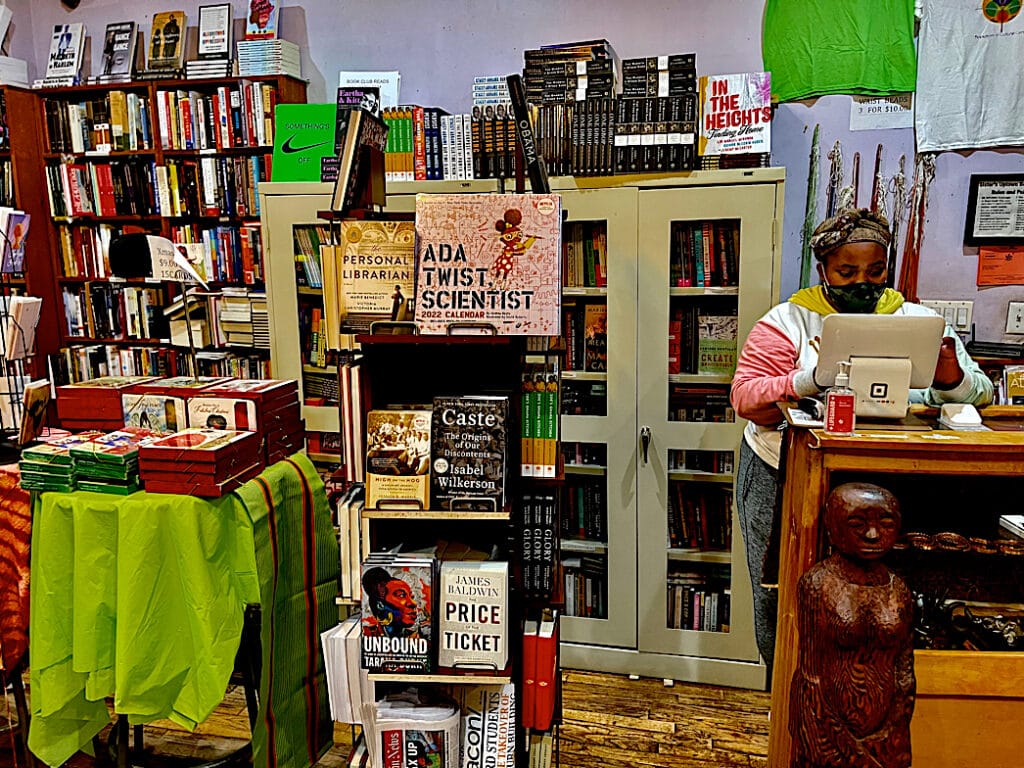

Sisters Uptown Bookstore
African diaspora hub
"Sisters Uptown Bookstore" in NYC is a hidden shop/cultural center w/ an eye-opening trove of books by African diaspora authors. A true neighborhood spot!
by
Geoffrey
Dunbar
Heading to New York?
308 Insider Tips from our local Spotters
Authentic Stories by Real People
Escape the Crowd & Travel Slow 🐌
... for just €9.99






✓ 0 Insider Tips from our local Spotters
✓ 308 Insider Tips
✓ Escape the Crowds
✓ Find Spots nearby
✓ Authentic Stories
... for just €9.99
City guides by those who know the city in and out!
Our Locals' Favorite New York
Our team loves New York
Get to know our other Spotters from New York
As featured on:









